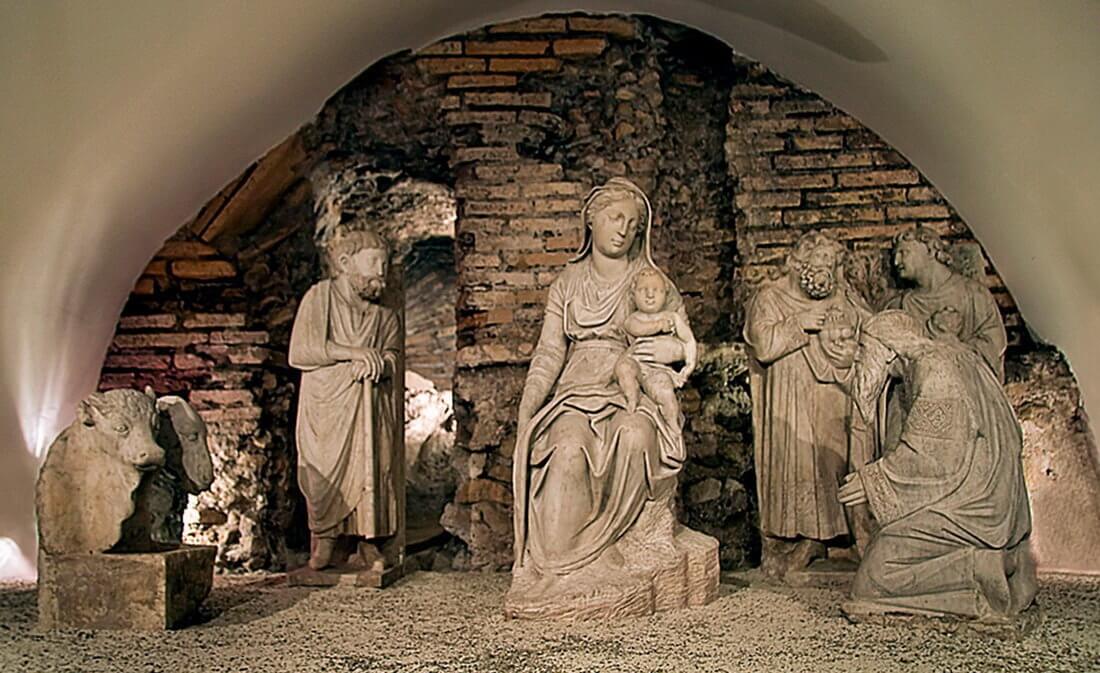
Who carved in the marble the first nativity scene of the history?
In 1291 pope Niccolò IV commissioned to the sculptor Arnolfo di Cambio the first inanimate nativity scene of the history in order to give prominence to the relic of the manger and to celebrate the Greccio Nativity scene.
The term nativity scene derives in fact from the Latin praesaepe or manger.
Greccio was the city, in province of Rieti, where in the Christmas night of 1223, Saint Francis had recalled the birth of Jesus with a living representation giving origin to the Nativity scene tradition.
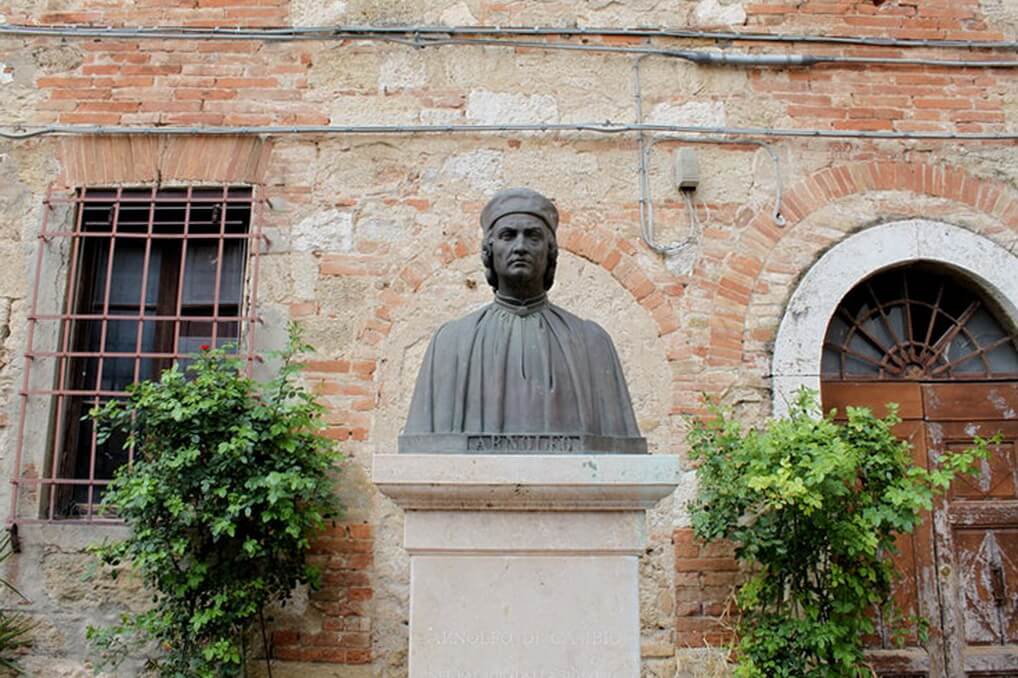
Arnolfo di Cambio bust – Colle di Val d’Elsa
Arnolfo di Cambio, also known with the father’s name Arnolfo di Lapo, was born in Colle di Val d’Elsa in Tuscany and he became a sculptor, an architect and a very active and famous urbanist above all in Florence and in Rome in the second half of 1200 and at the beginning of 1300.
From around 1260 to 1270, he improved his sculptural art in the bottega of Nicola Pisano where he also worked together with his son Giovanni Pisano.
He collaborated with these two great sculptors in the realization of famous works as the Ark of San Domenico, exposed in the same named church in Bologna and the Pulpit of Nicola Pisano in the Siena Cathedral.
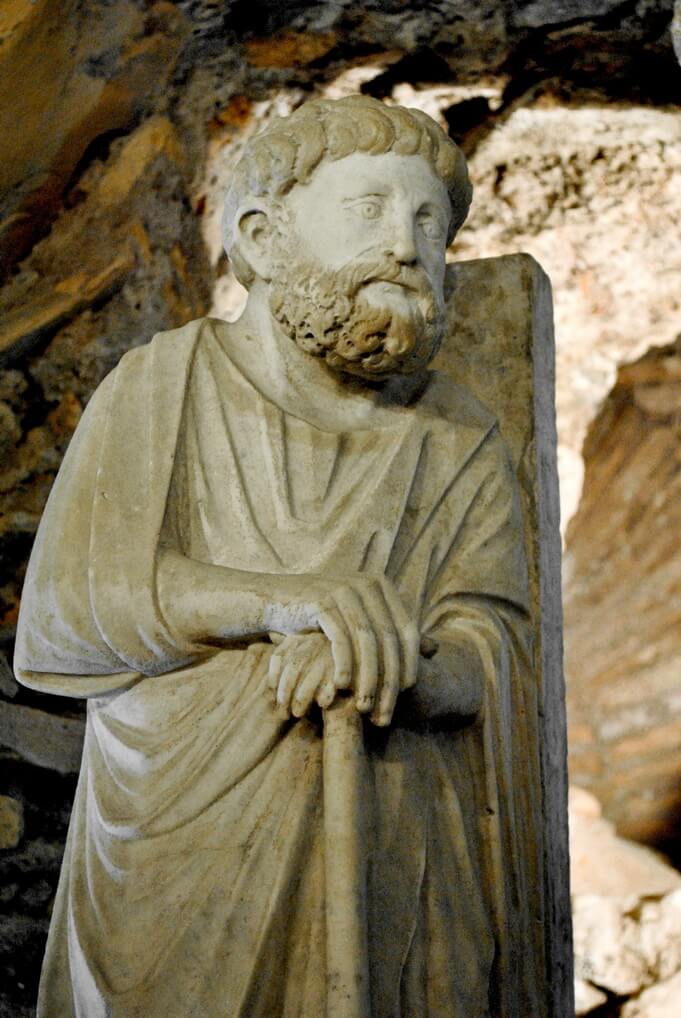
Arnolfo di Cambio, also known with the father’s name Arnolfo di Lapo, was born in Colle di Val d’Elsa in Tuscany and he became a sculptor, an architect and a very active and famous urbanist above all in Florence and in Rome in the second half of 1200 and at the beginning of 1300.
From around 1260 to 1270, he improved his sculptural art in the Bottega of Nicola Pisano where he also worked together with his son Giovanni Pisano.
He collaborated with these two great sculptors in the realization of famous works as the Ark of San Domenico, exposed in the same named church in Bologna and the Pulpit of Nicola Pisano in the Siena Cathedral.

The genius of the Master Arnolfo was that to realize the Nativity inspired by the ancient classicism but with a new awareness of the surrounding space, losing the frontal setting-out. This was a concept, until that time ignored, which developed from the Renaissance.
The figures of Arnolfo seemed realized all-round, but they were carved by high-relief on painted marble backgrounds. The works meet the criterion of “visibility”and they were worked in perspective only in the parts that were at sight.
The intent of the sculptor was to succeed in involving the believers and to approach them to God; entering the area of the nativity scene the visitor would feel emotionally involved, as if he were participating in the event, living the same feelings and passions of the various subjects.
In fact it is supposed that in the original nativity scene the statues were distributed on a wide area around the Holy Cave.
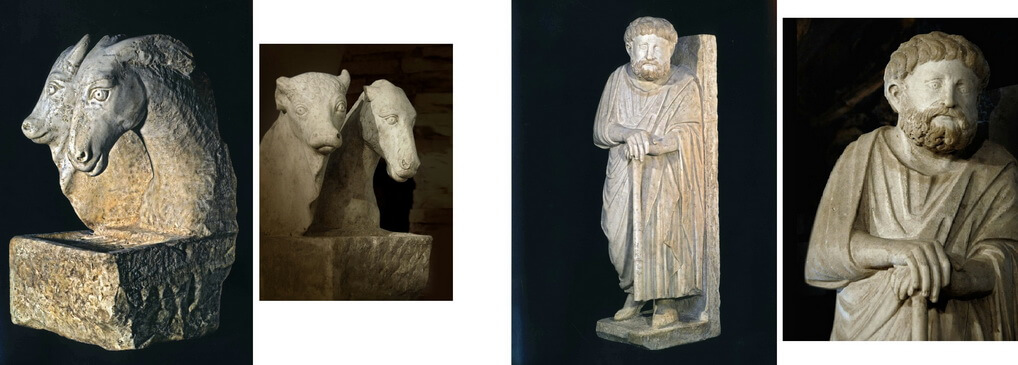
The sculptural group is guarded in Rome in the crypt of the Sistina Chapel, in the Basilica of Santa Maria Maggiore particularly bound to the mystery of the Nativity.
According to the wish of Niccolo IV, the work is very simple, the present figures are those of the Holy Family: Jesus, Joseph and Maria, the Three Wise Men, the ox and the donkey.
Still today the nativity scene is often represented in this simple way.
In the reading of this work stand out, under the technical aspect, measure and composition, plastic and pictorial sense, harmony and rules of the noble arts of sculpture, painting and architecture, but overall it prevails once more the great sensibility of the artist.
Editor’s note
This article contains general information. For questions and curiosities leave a comment below. If you wish to be contacted, please fill out the form.
